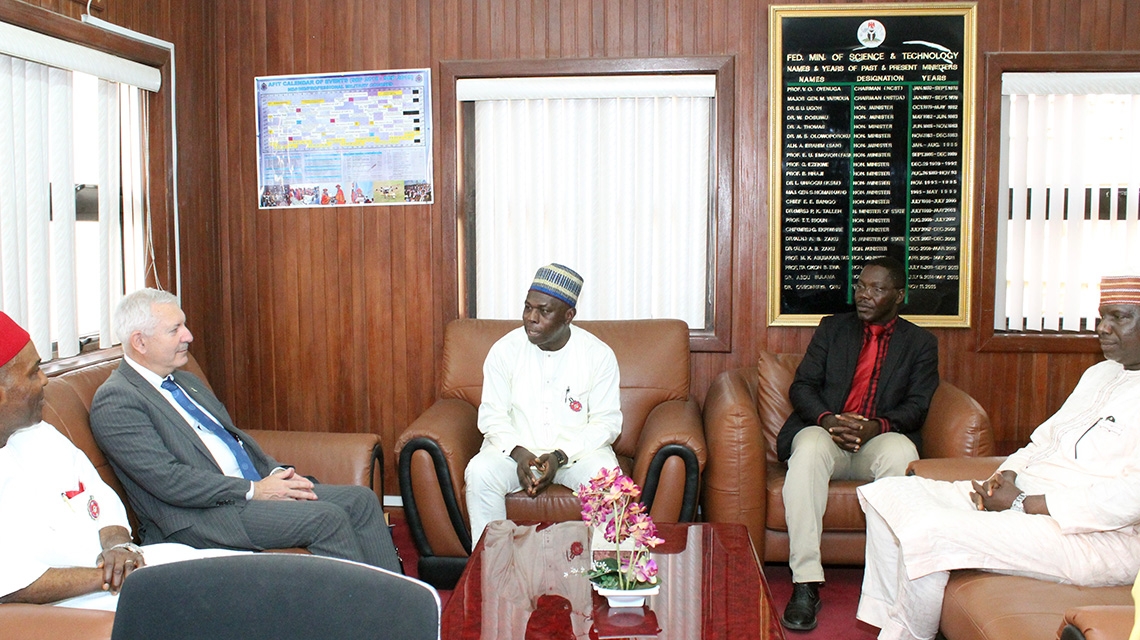As part of its preparations for a new multipurpose research reactor, Viet Nam hosted an IAEA Integrated Nuclear Infrastructure Review for Research Reactors (INIR-RR) mission to identify improvements needed for a successful and sustainable development of the project.
The Viet Nam delegation, headed by Deputy Minister of Science and Technology Pham Cong Tac, provided a number of documents to facilitate the assessment of the nuclear national infrastructure developed in preparation for a new research reactor project, which is planned to start operation in 2026. The new facility is planned to serve for diverse needs, such as in education, training, radioisotope production and materials sciences.
“Viet Nam has demonstrated strong government support and understanding of long term national commitments for developing the nuclear infrastructure for the new research reactor,” said Andrey Sitnikov, who led the IAEA review that took place in Hanoi from 3 to 7 December 2018. “We noted that Viet Nam has adopted a holistic approach to this project, to ensure effective use of resources in developing infrastructure for the proposed multipurpose research reactor.”
The team made recommendations and suggestions, highlighting areas where action could assist Viet Nam in making further progress, including:
- Strengthening the independence of the regulatory body
- Updating and broadening the human resources development plan including all relevant organizations
- Conducting a more detailed assessment of the potential use of the research reactor.
The team also identified the use of Information Centre for Atomic Energy for public outreach as a good practice of stakeholder involvement that would benefit other countries considering new research reactor projects.






